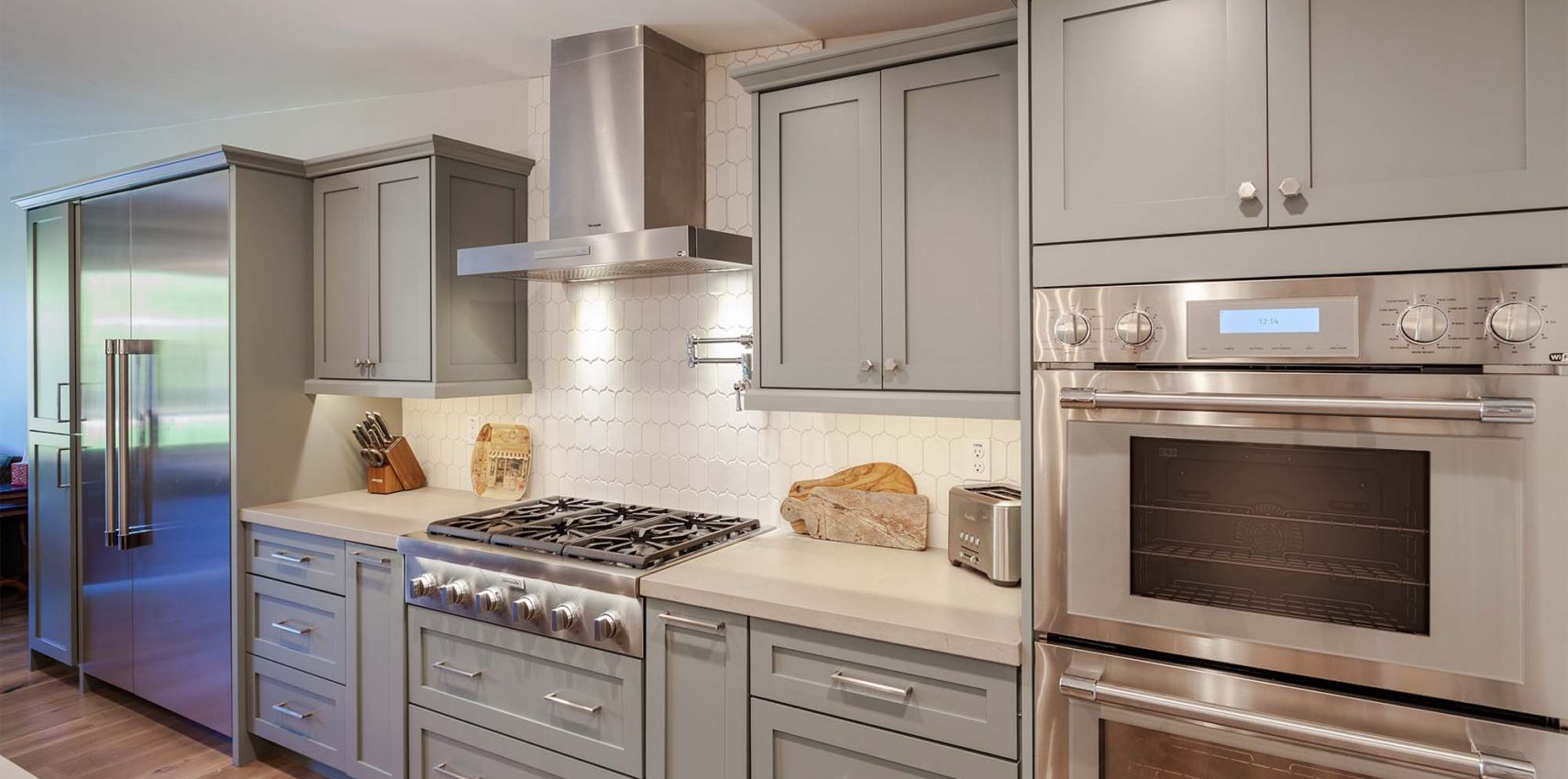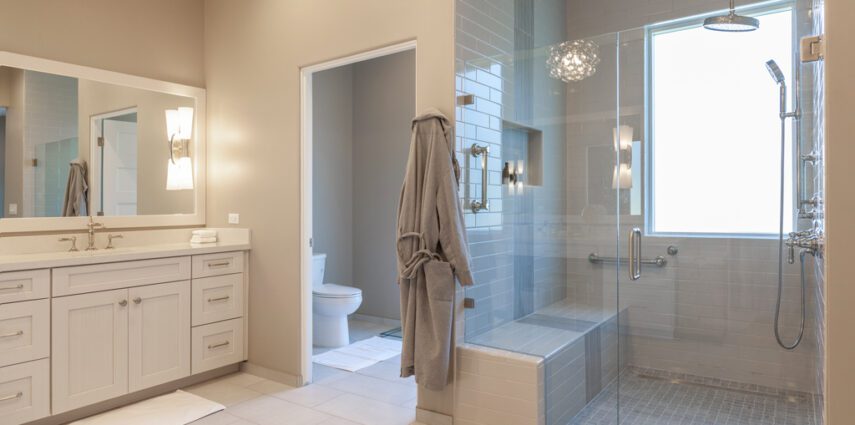Universal Design
10 WAYS TO DESIGN A KITCHEN FOR AGING IN PLACE
By Steve Shinn, CR |
Maybe you’ve found the house you want to grow old in. Perhaps you foresee your ...
Read More 11 WAYS TO AGE-PROOF YOUR BATHROOM
By Steve Shinn, CR |
Renovate Your Bathroom with Accessibility in Mind If you’re planning to stay in your house ...
Read More 

